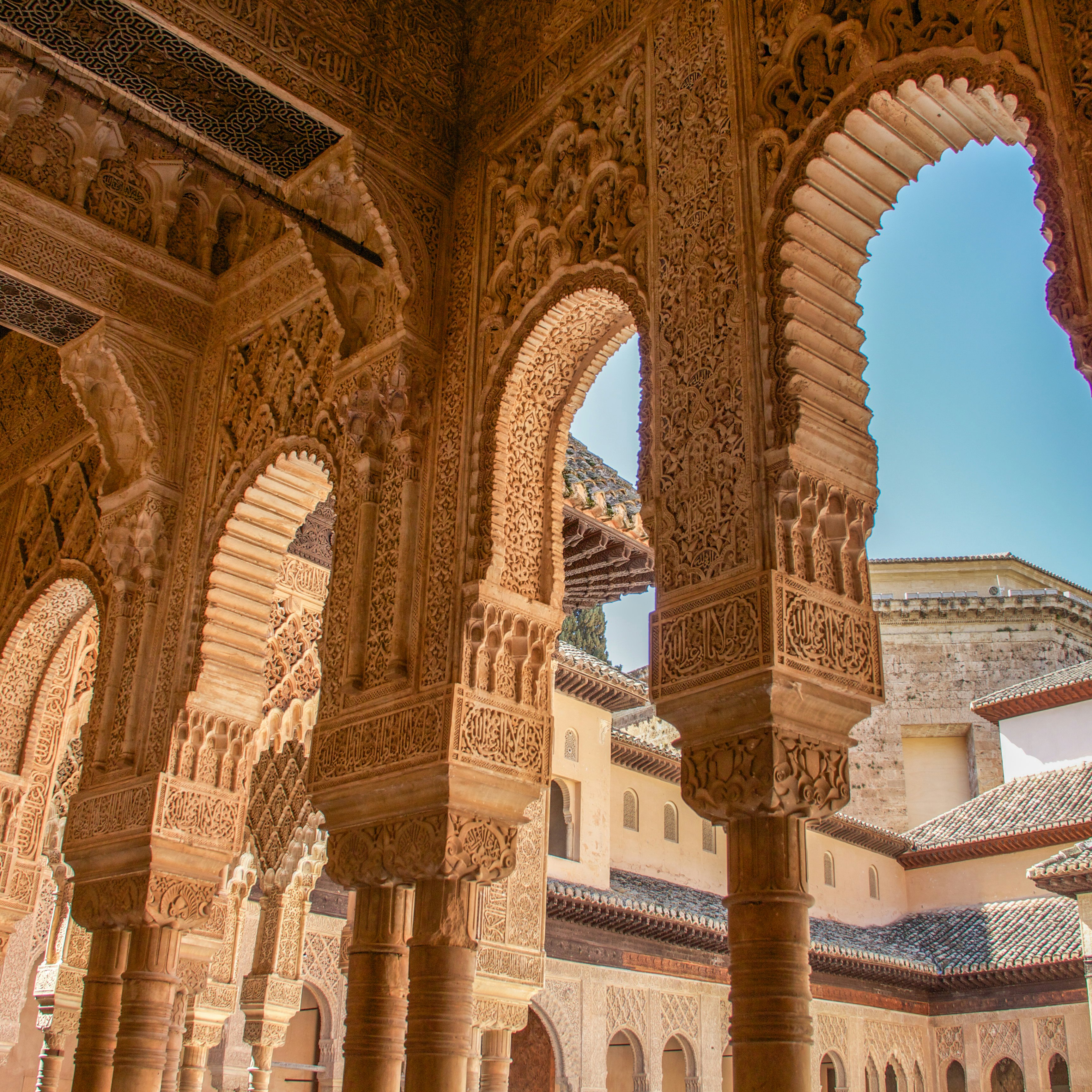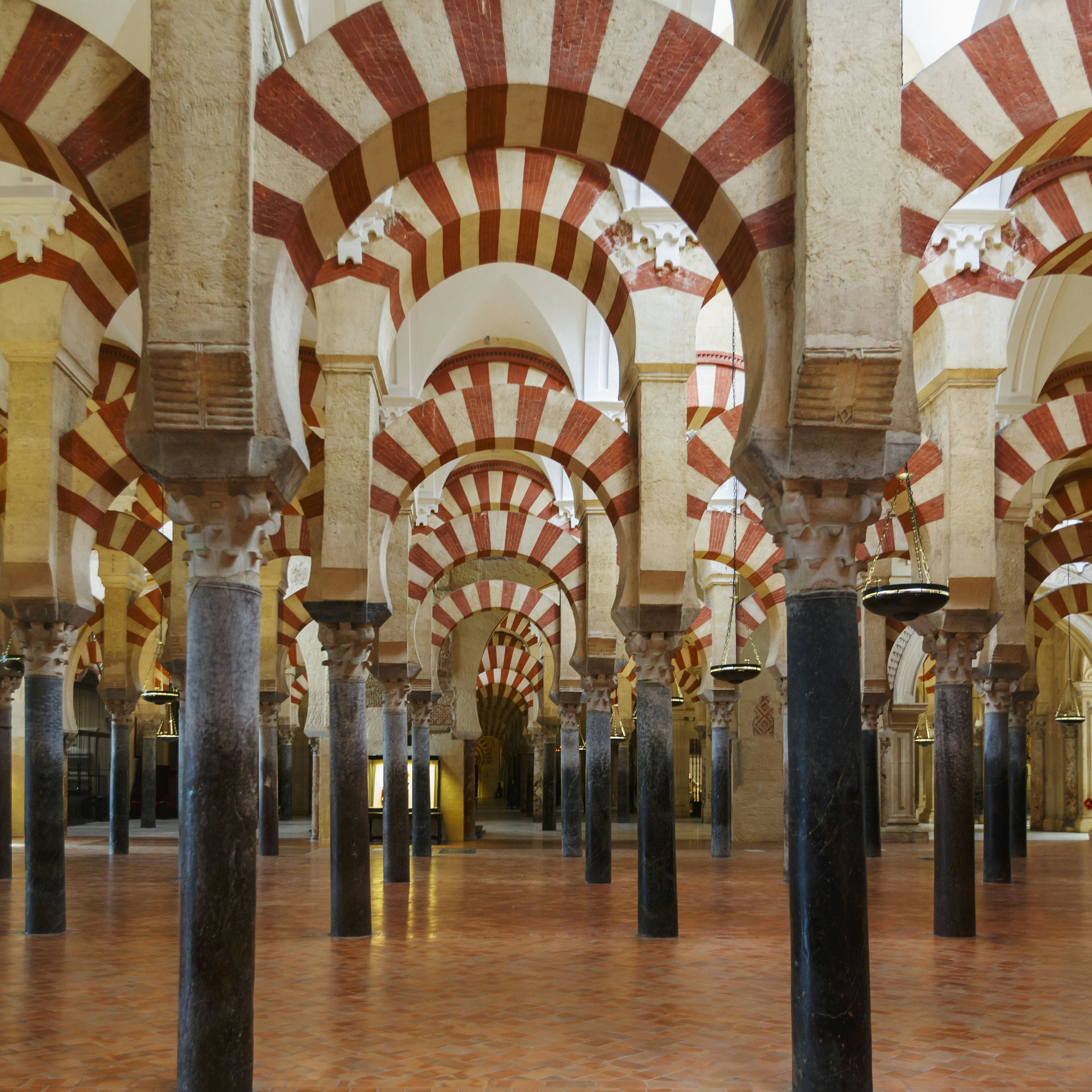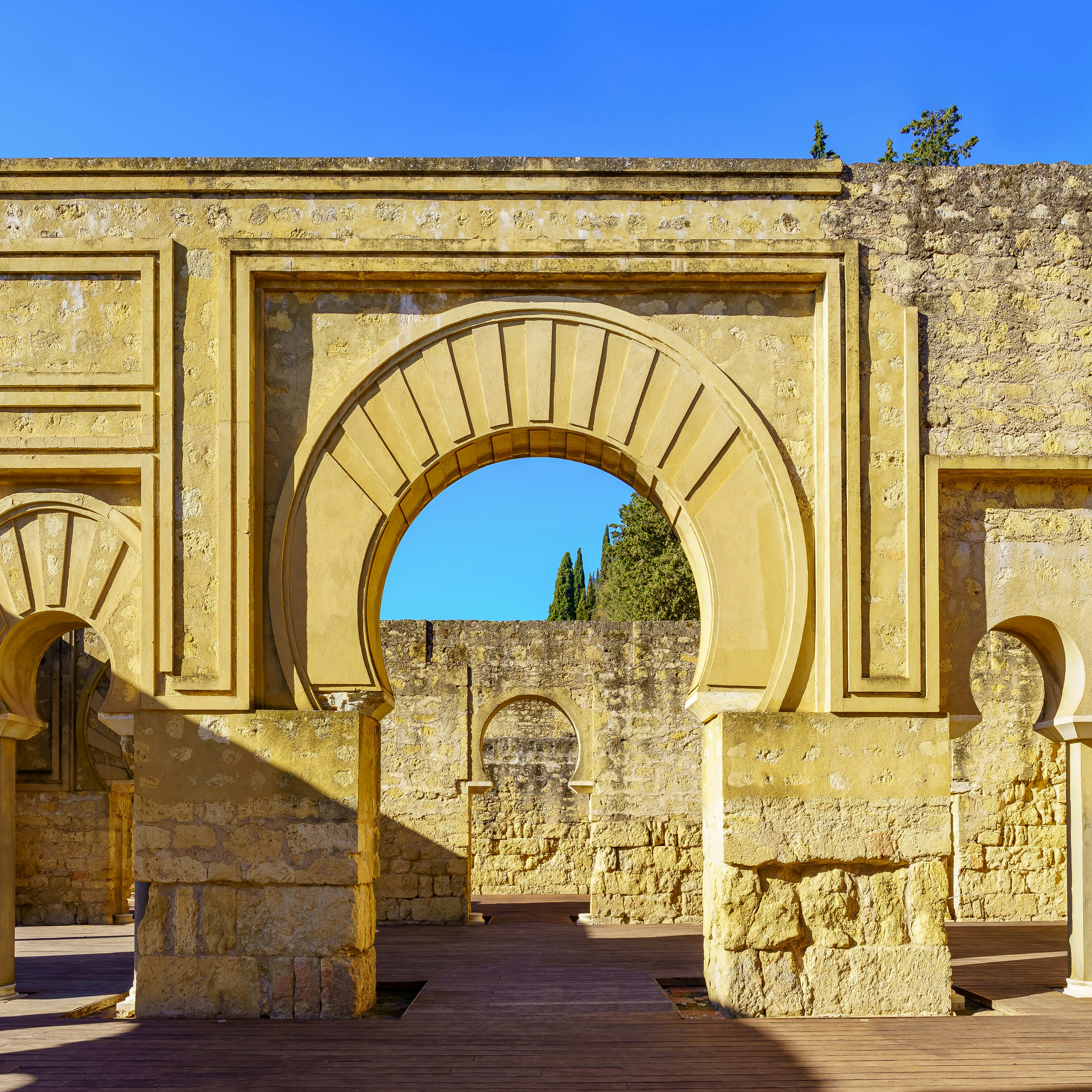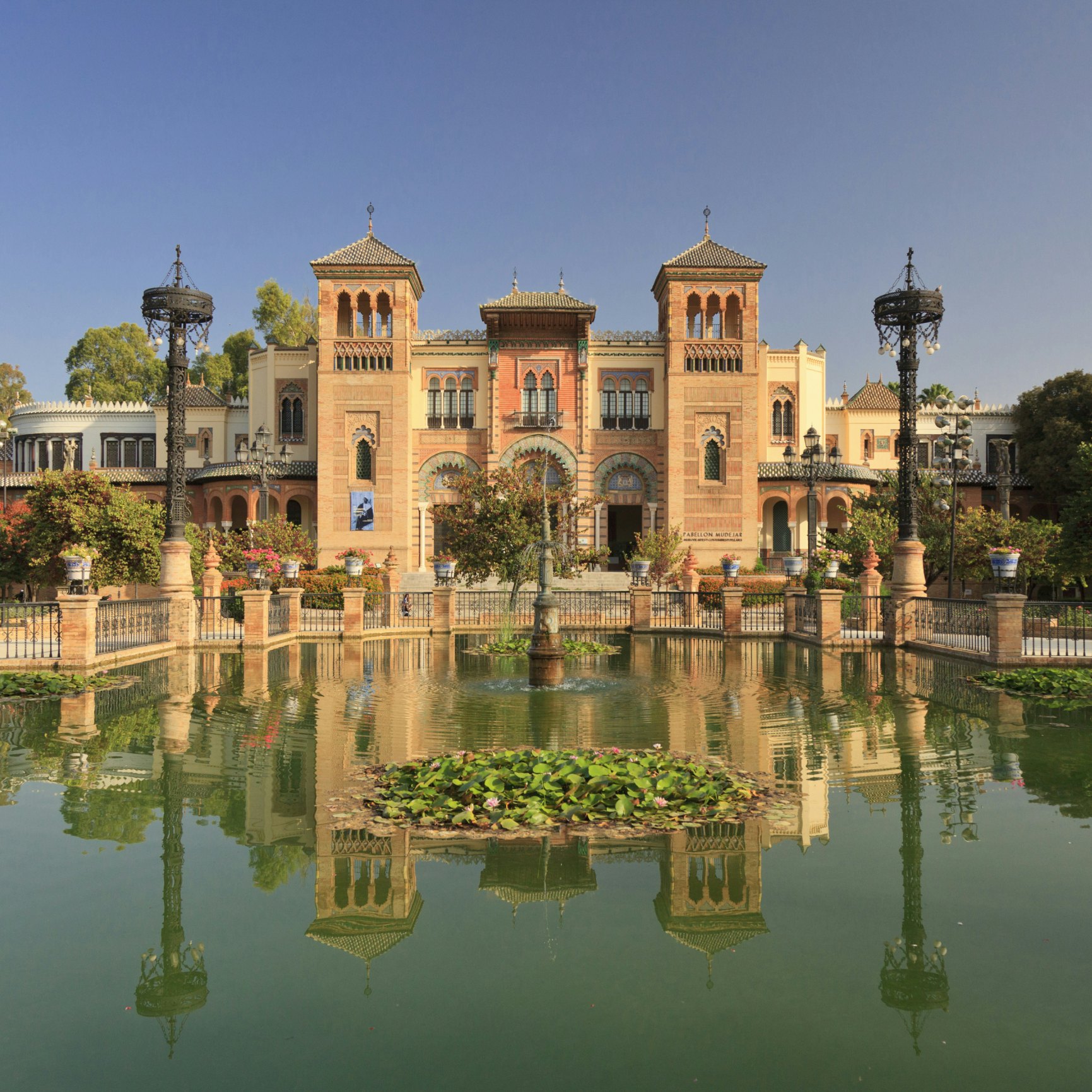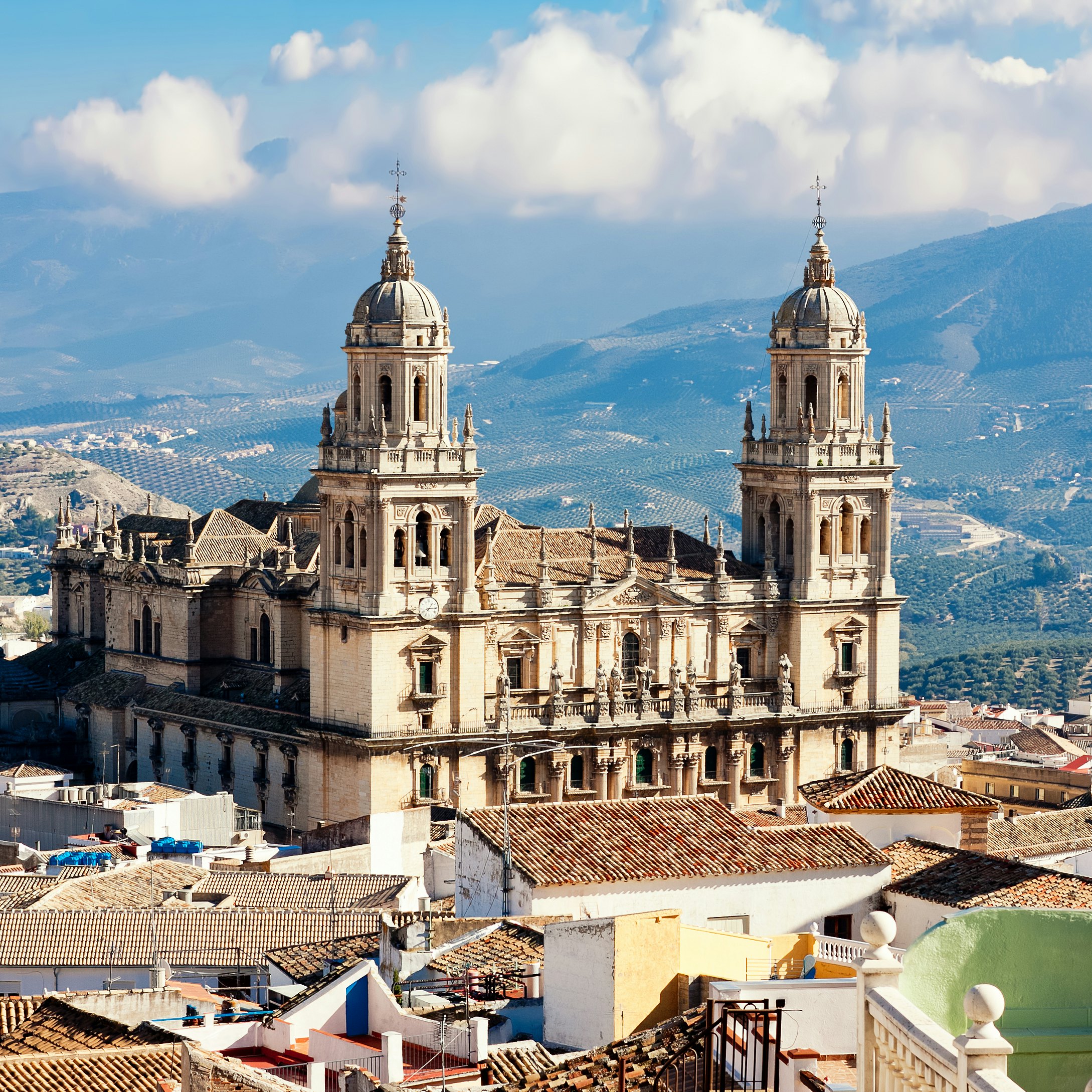
Overview
The scent of orange blossom, the swish of a flamenco dress, the glimpse of a white village perched atop a crag: memories of Andalucía linger.
Leave the planning to a local expert
Experience the real Andalucía. Let a local expert handle the planning for you.
Must-see attractions
Planning Tools
Expert guidance to help you plan your trip
Best Things to Do
Plan your trip to Andalucía with this list of the region’s top 23 attractions and activities (plus insider travel tips to make the most of your time).
Read full article
Best Places to Visit
The white towns of Cádiz province are strung together with a lovely lineup of culture, architecture, food and history. Here's where to explore first.
Read full article
Best Time to Visit
Whether you prefer hot days at the beach or cooling off in the mountains, here are some tips for figuring out your best time to visit Andalucía.
Read full article
Get a book. Get inspired. Get exploring.
in partnership with getyourguide





